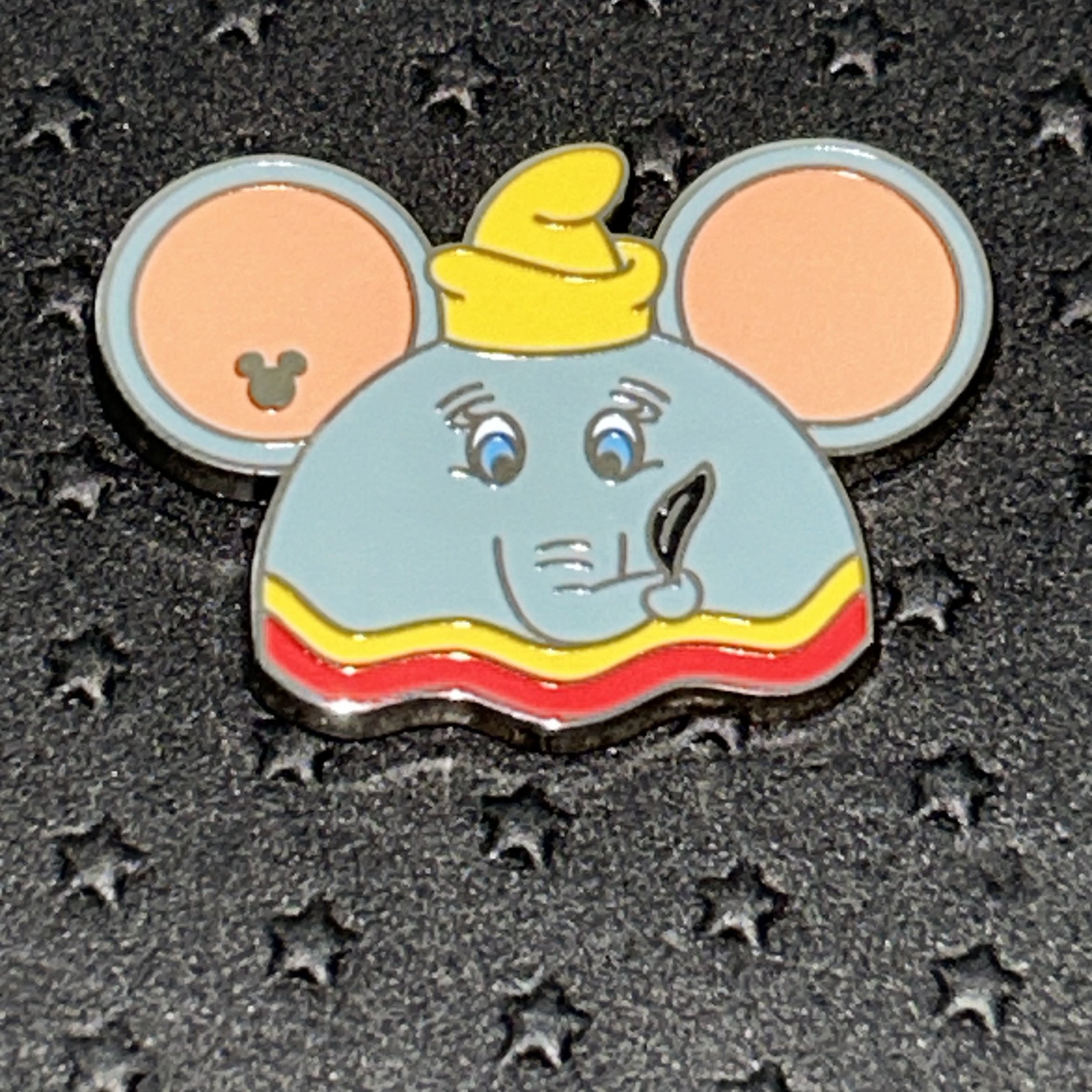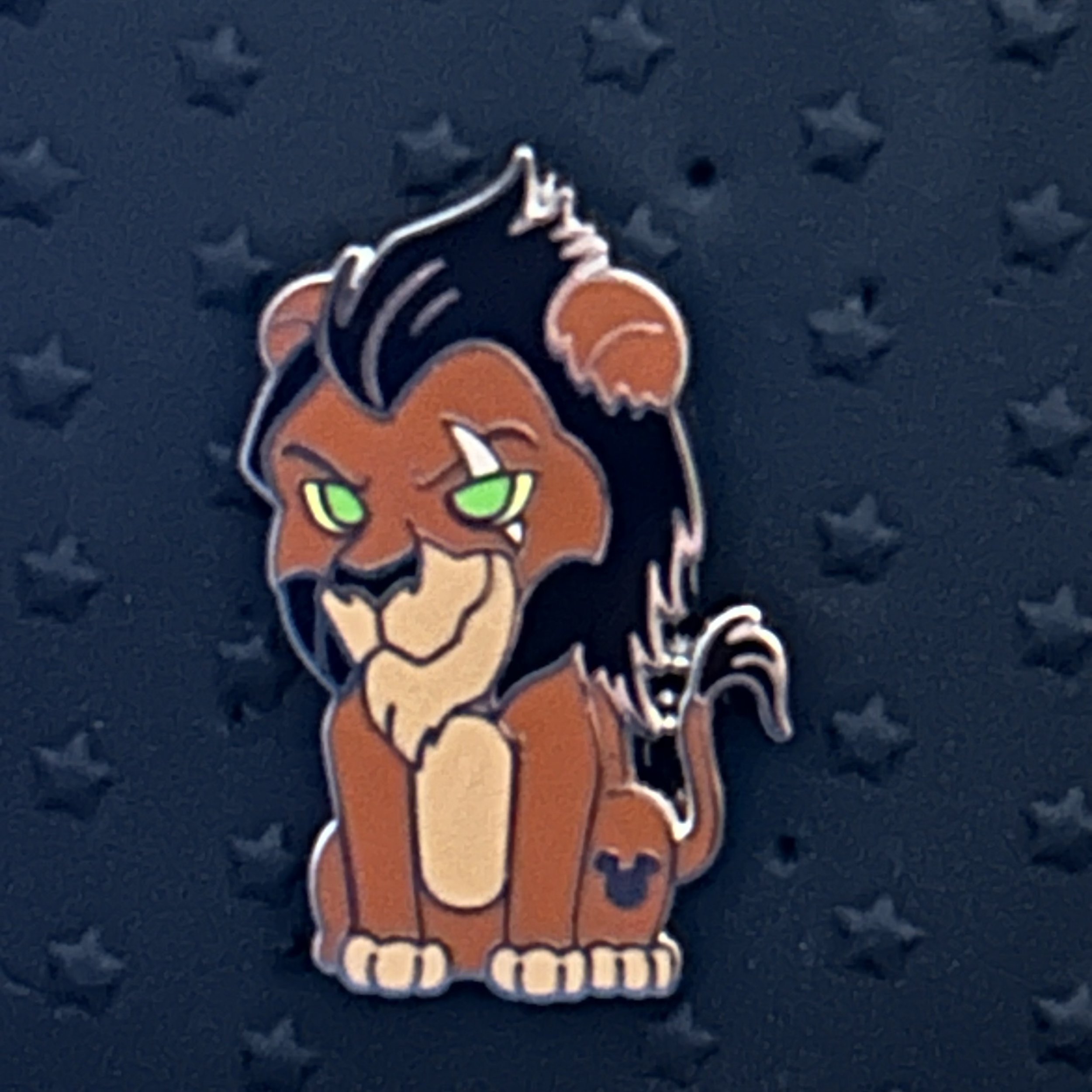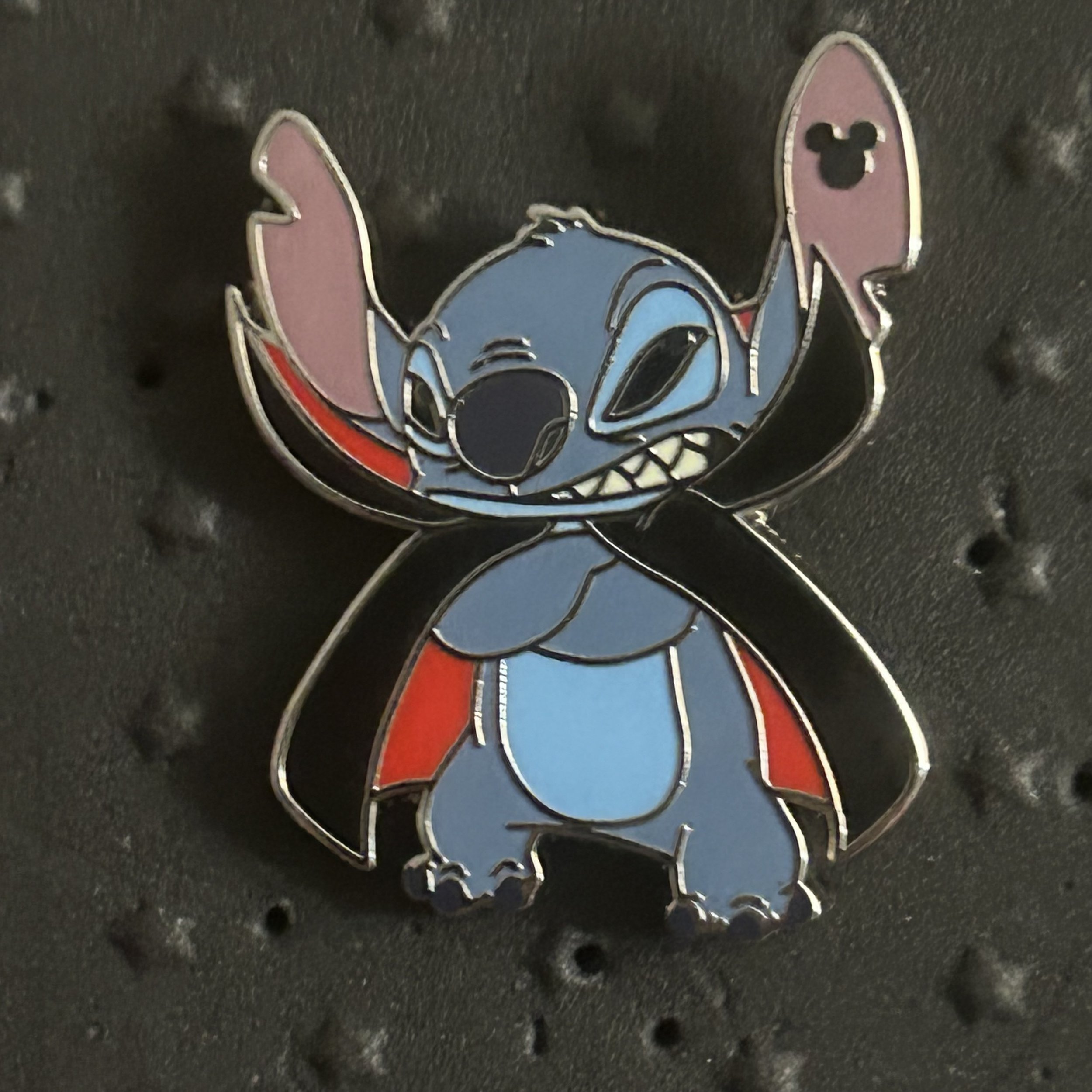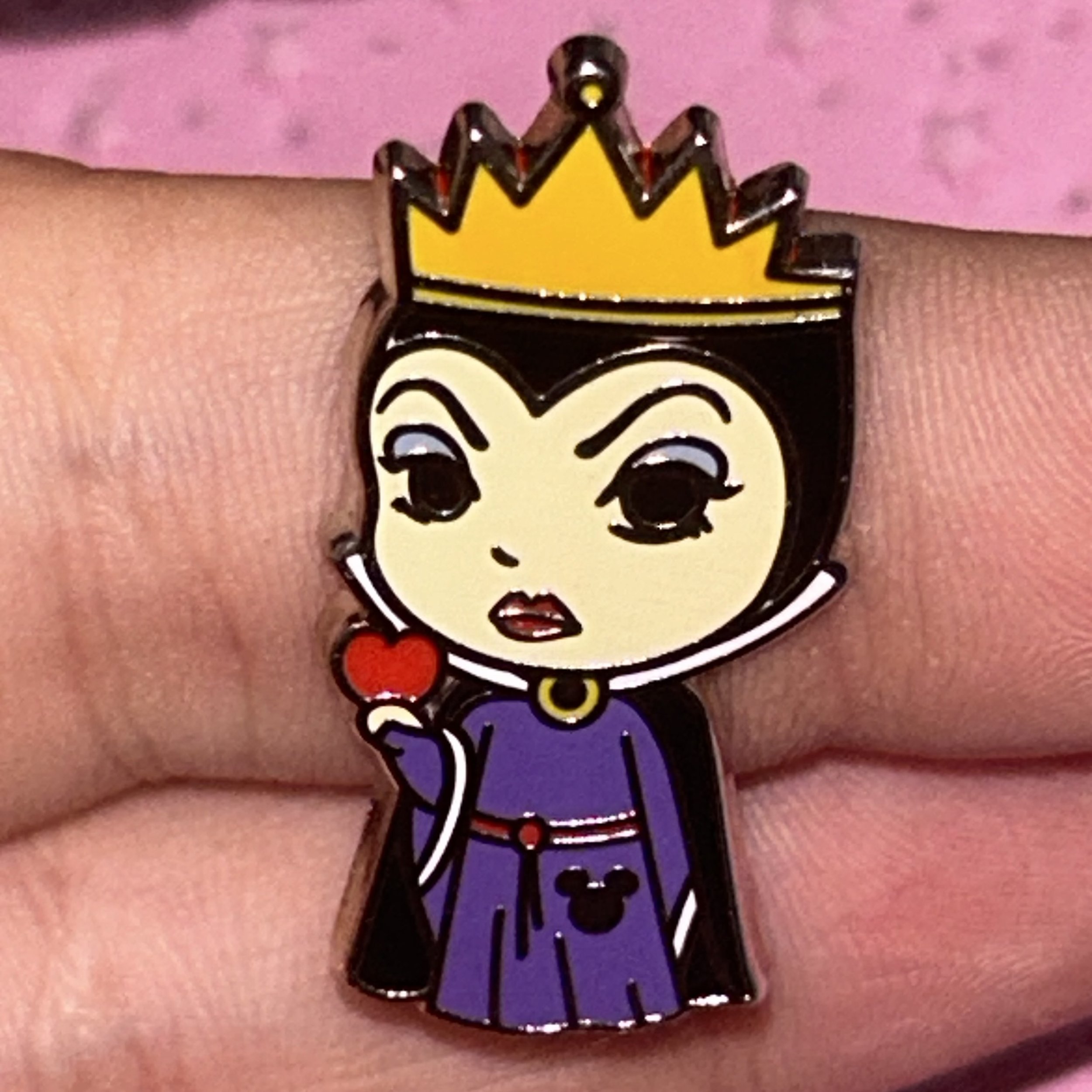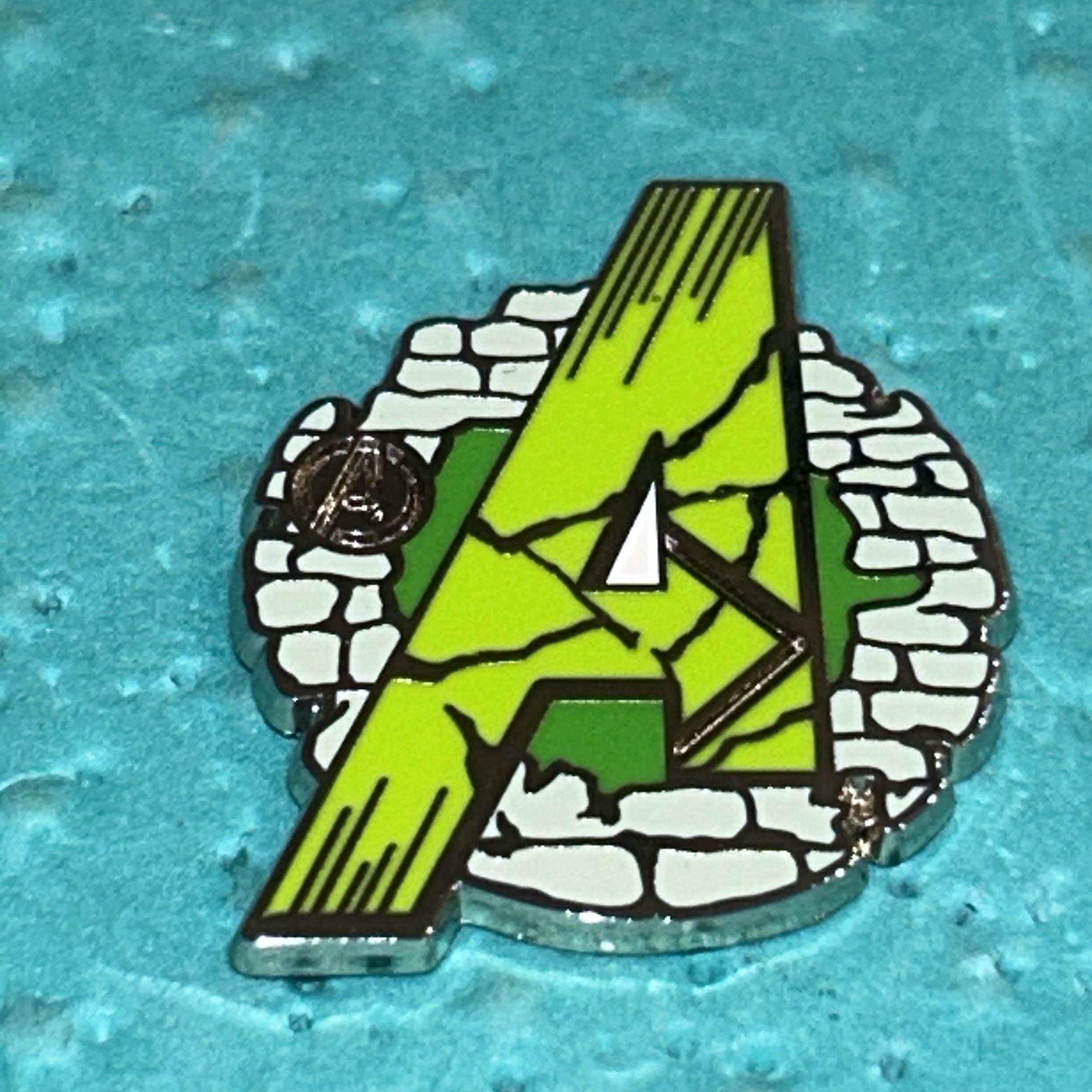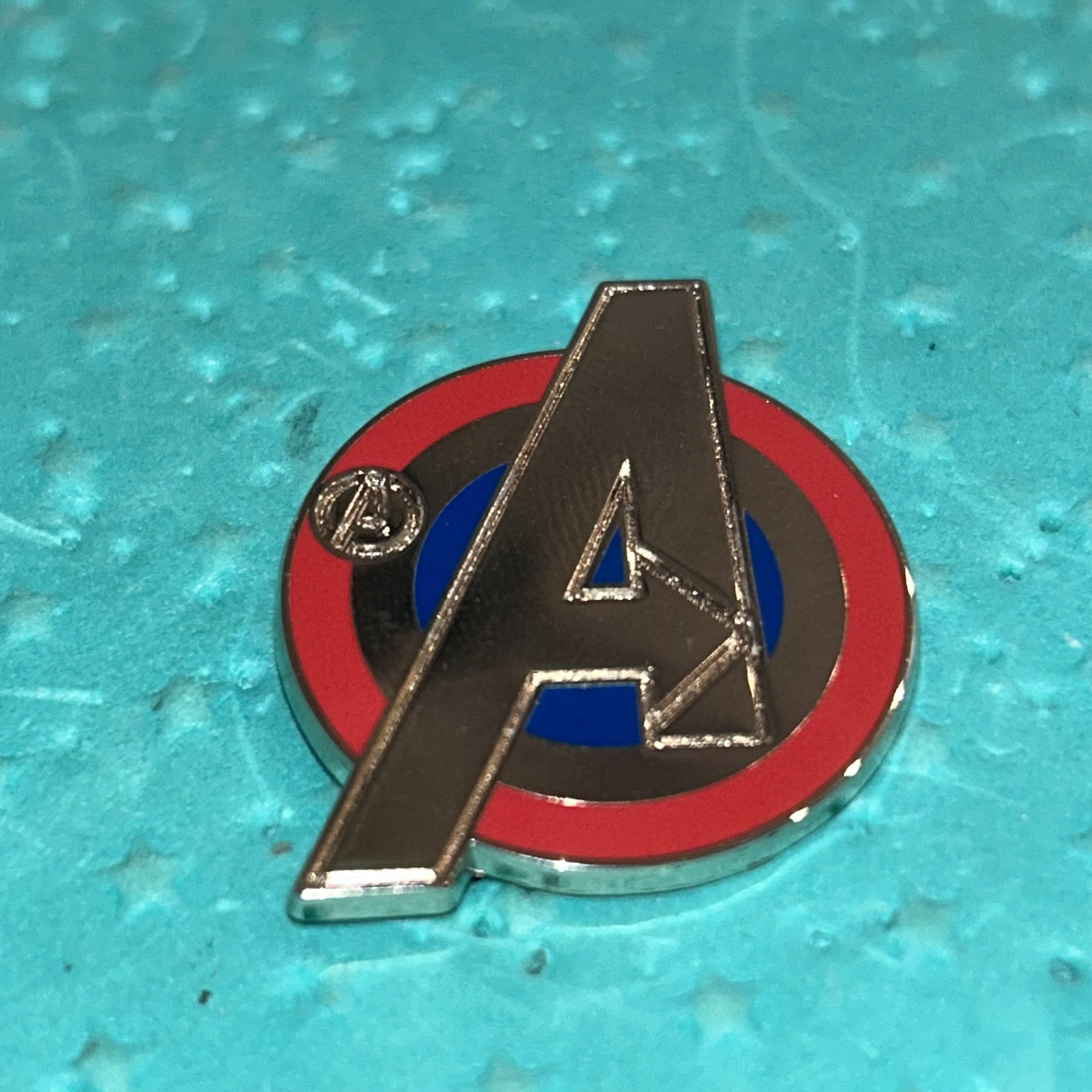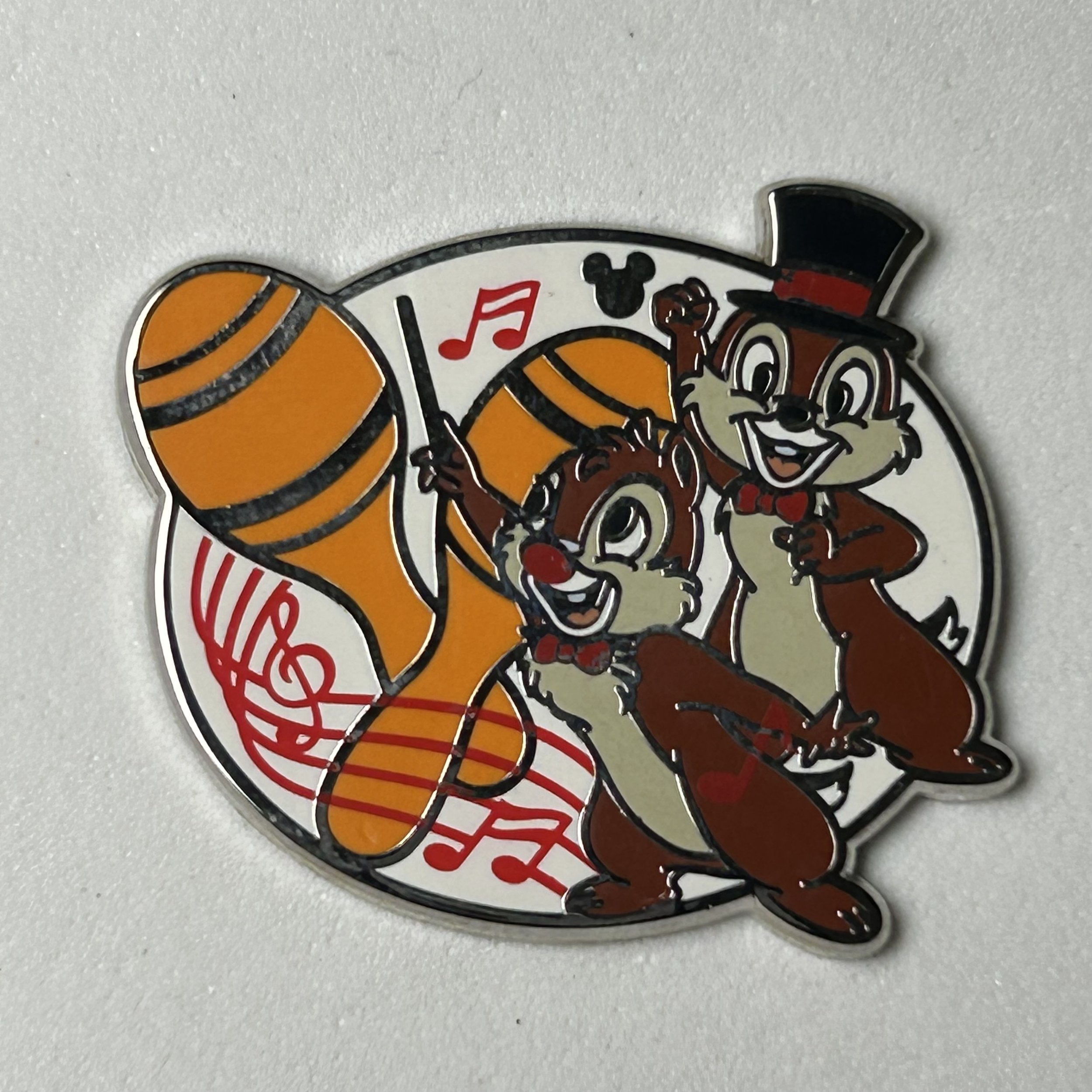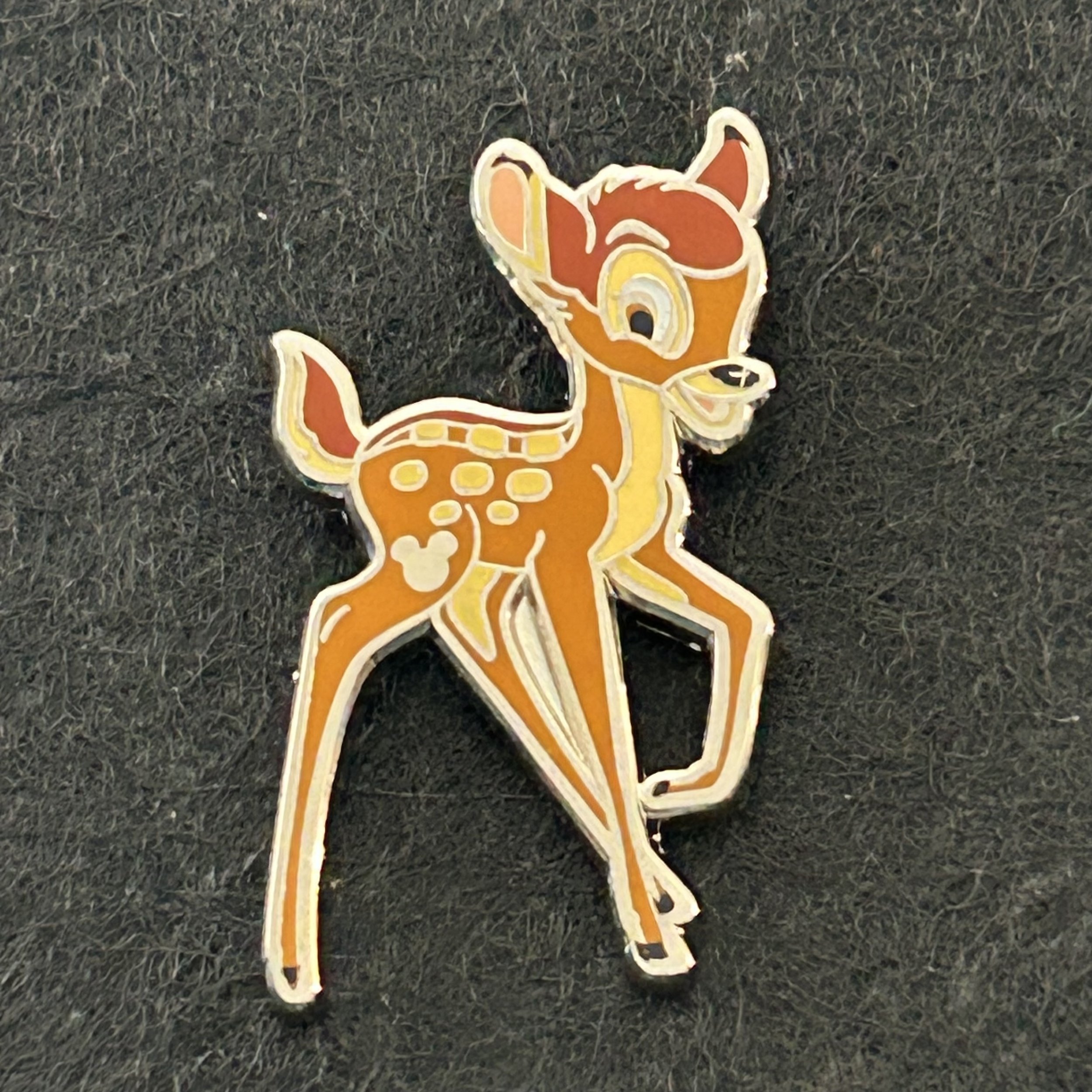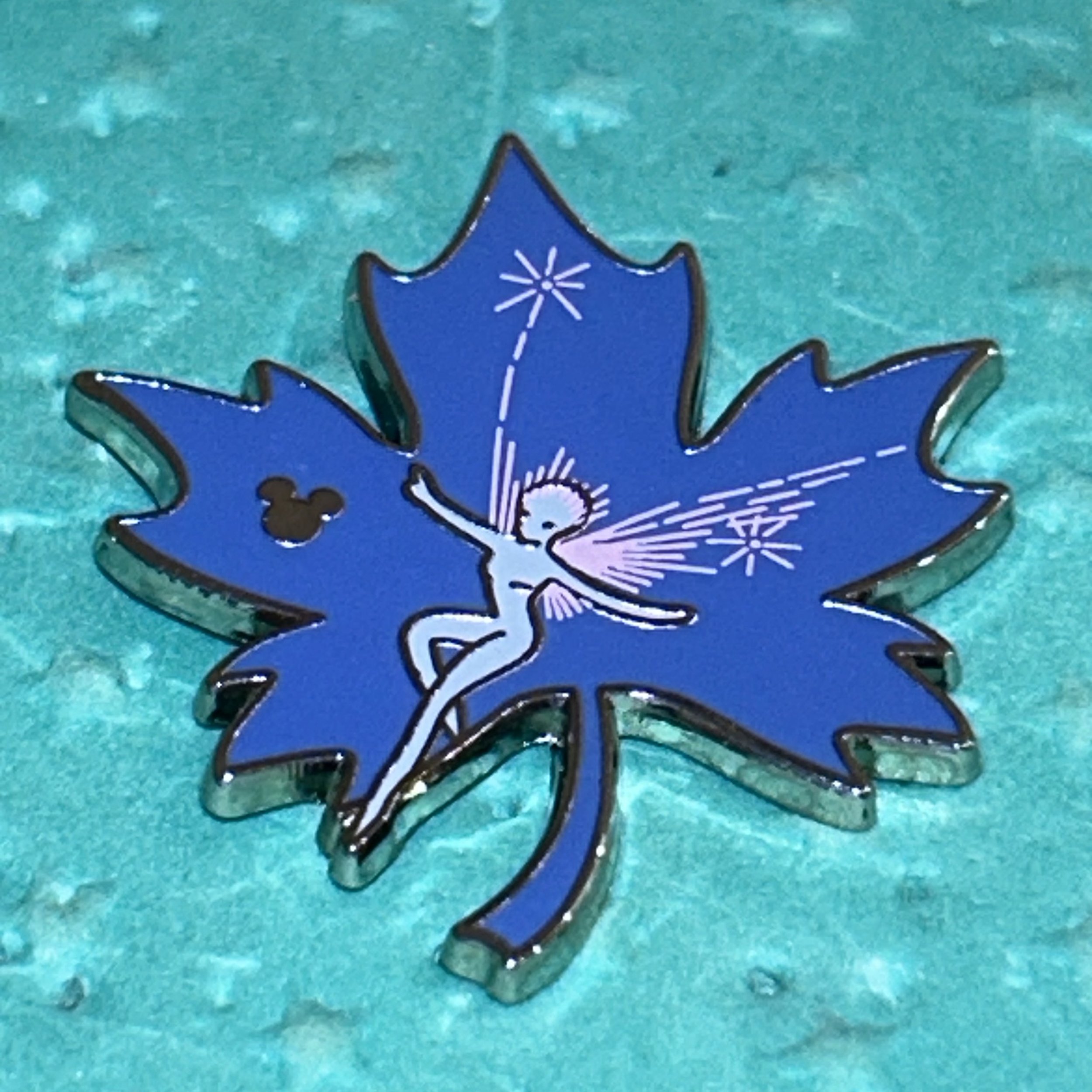Hidden Mickey vs Hidden Disney Pins
what’s the difference?
Disney Pin Trading has been a wildly popular hobby ever since it launched at Walt Disney World’s Millennium Celebration in 1999. Today, there are tens of thousands of unique Disney pins in circulation (over 60,000 designs and counting!). Among the most sought-after are the Hidden Mickey and Hidden Disney pins – elusive series of pins that can’t simply be bought in stores (well mostly lol). In fact, these hidden pins are exclusively obtained by trading with Disney Cast Members at the parks, making them feel like little treasures or “Easter eggs” for dedicated pin traders. Both Hidden Mickey and Hidden Disney pins hold a special allure because of their unique identifying marks and the fun challenge involved in finding them. In this post, we’ll explore what each of these pin series are, how to tell them apart, and why they’re so beloved by the pin trading community.
What Are Hidden Mickey Pins?
Hidden Mickey pins (formerly known as Cast Lanyard pins) are a special series of Disney trading pins that first debuted in the mid-2000s as a way to reward and engage pin traders. Unlike pins you find on store shelves, Hidden Mickey pins are not sold directly to guests – they are initially distributed to cast members, who then trade them with guests on lanyards or pin boards. This means the only way to get them is to trade a pin of your own with a cast member, adding a bit of mystery and excitement to the hunt. Collectors value Hidden Mickey pins for their relative rarity and the “thrill of the chase” in finding them in the parks.
Each Hidden Mickey pin is identifiable by a tiny silver Mickey Mouse head silhouette embedded in its design. This little icon – often tucked into a corner or cleverly incorporated into the artwork – is the hallmark of the series and is where the name “Hidden Mickey” comes from. These pins span a wide range of Disney themes – from characters and park icons to movies and even abstract symbols – usually released in small themed sets. On the back of each pin, you’ll typically find a Pin Trading logo and a text like “Hidden Mickey Pin __ of __” indicating it’s part of a Hidden Mickey set. The presence of the Mickey icon (and often the back-stamped series info) makes it easy for collectors to identify genuine Hidden Mickey pins.
Hidden Mickey pins were introduced around 2007, evolving out of an earlier “Cast Lanyard Series” (2002–2006) of trader-only pins. Disney began officially branding them as “Hidden Mickey Pin Series” and would release new waves of these pins annually in limited batches (often called Wave A, Wave B, etc.). The pins in a given wave usually shared a theme (for example, a set of Disney character hats or a set of cupcake designs, each with a Mickey icon). Often there were also special “chaser” or “completer” pins – usually harder-to-find variants (like unfilled monochrome versions or an extra design not normally available on cast lanyards) that completed the set. Originally, collectors could only get the pins by trading, but after a series had been out for a while, Disney sometimes released the leftovers in mystery pouches sold in the parks (each pouch containing a couple of random Hidden Mickey pins). This allowed guests a secondary chance to find pins from a retiring series. Still, even with those pouch releases, many Hidden Mickey pins remain relatively scarce. Because they were never openly sold on racks, finding a specific Hidden Mickey pin can be a rewarding challenge – one that many Disney pin enthusiasts eagerly embrace.
What Are Hidden Disney Pins?
As Disney expanded its franchises over the years (adding Pixar, Marvel, Star Wars, etc. to the family), the beloved Hidden Mickey pin series got a refresh. In 2020, Disney renamed the Hidden Mickey pins to “Hidden Disney pins” to better encompass all of Disney’s brands and characters. Practically speaking, Hidden Disney pins are the direct continuation of the cast-exclusive Hidden Mickey pin tradition, but with a key difference: the little “hidden” icon on each pin isn’t always a Mickey head anymore. Instead, the icon can vary based on the franchise or theme of the pin. For example, Pixar-themed hidden pins feature the famous Luxo Jr. ball as their icon, Marvel pins use the Avengers “A” logo, and Star Wars pins might use a Rebel Alliance or Imperial emblem – all in place of the traditional Mickey silhouette. This change allows the pins to represent non-Mickey properties while still keeping a fun “hidden icon” element. (Don’t worry – classic Disney characters still use the Mickey head icon, but now the term Hidden Disney covers the whole mix of icons.)
From a collector’s standpoint, Hidden Disney pins carry on the legacy of Hidden Mickey pins but broaden the scope. You can now hunt for hidden icons beyond Mickey, which adds a fresh twist. Importantly, the back of the pin now reads “Hidden Disney Pin” (with the series number) instead of “Hidden Mickey Pin,” reflecting the new naming. Other than the name and icon change, the trading experience is the same: you still scour cast lanyards and boards, trade one-for-one, and try to complete the fun mini-sets that come out each year. Hidden Disney pin sets also include chasers/completers and eventually get released in limited mystery packs after cast trading runs its course – just like the old Hidden Mickey sets – so the overall process will feel very familiar to longtime traders. The introduction of Hidden Disney pins was really about inclusivity of all Disney-owned universes; it ensured that if you’re a Marvel or Star Wars fan, for example, the “hidden” pins for those franchises would showcase a more thematically appropriate icon while still being part of the same tradition. In summary, Hidden Disney pins are the new generation of Hidden Mickey pins, carrying on the idea of “secret” collectible pins for traders, but with a variety of iconic symbols beyond Mickey to represent Disney’s vast catalog of characters.
Scrappers and Fake Pins (Buyers Beware!)
One important topic for collectors of Hidden Mickey/Disney pins is the issue of scrappers – which are essentially unauthorized or counterfeit pins. Because Hidden Mickey pins (and now Hidden Disney pins) are so popular and not sold directly, they unfortunately became a prime target for pin counterfeiters.
Scrapper pins are typically factory overruns or outright bootleg copies that enter the market illicitly. In many cases, unscrupulous manufacturers in pin factories kept the molds for Hidden Mickey pins and produced extra batches to sell cheaply online. This has flooded places like eBay and even the parks’ trading boards with fake Hidden Mickey pins. Collectors need to be aware that if a deal seems too good to be true (like huge lots of “Hidden Mickey” pins for a few dollars), many of those pins could be scrappers. These counterfeit pins often have slight imperfections: the coloring may be off, the metal edges rough, or the Mickey icon and back patterns might not match authentic pins. Cast members generally will not refuse a trade even if they suspect a pin is a scrapper, which means fakes can end up on official pin boards – so you might even encounter many of them in the wild at Disney parks unknowingly.
To protect your collection, it’s wise to learn how to spot the difference between real and fake pins. Some tips include checking the quality of the pin’s paint and metal finish, looking at the Mickey waffle pattern on the back (authentic pins have a tight, even pattern that usually extends fully to the edges, whereas many fakes have cut-off waffle patterns or borders), and comparing suspected scrapper pins to known genuine ones for discrepancies. Our best advice is to trade or buy from reputable sources and be cautious of large inexpensive pin lots online.
For a deeper dive into this topic, be sure to read our “What are Scrappers?” blog post – it will help you learn how to identify scrapper pins and avoid getting stuck with unwanted inauthentic pins in your collection
For those looking to enhance their pin-trading experience, here are a few final tips: focus on authenticity and quality – take time to examine pins you trade for, and don’t hesitate to politely ask a cast member if you can see a pin up close before trading. Knowledge is power, so familiarize yourself with the look and feel of genuine pins (the more you handle real pins, the easier it gets to spot a fake). Make use of collector resources like pin checklists and online forums to keep track of which Hidden Mickey/Disney pins are in circulation, so you know what to hunt for on your next trip. Most importantly, have fun with it – pin trading is meant to be a delightful interactive pastime. The Hidden Mickey and Hidden Disney pins are like a secret bonus game within that hobby, giving you an extra reason to strike up conversations with cast members and fellow guests. Happy trading, and may you find all the “hidden” treasures you’re searching for on your next Disney adventure!
















